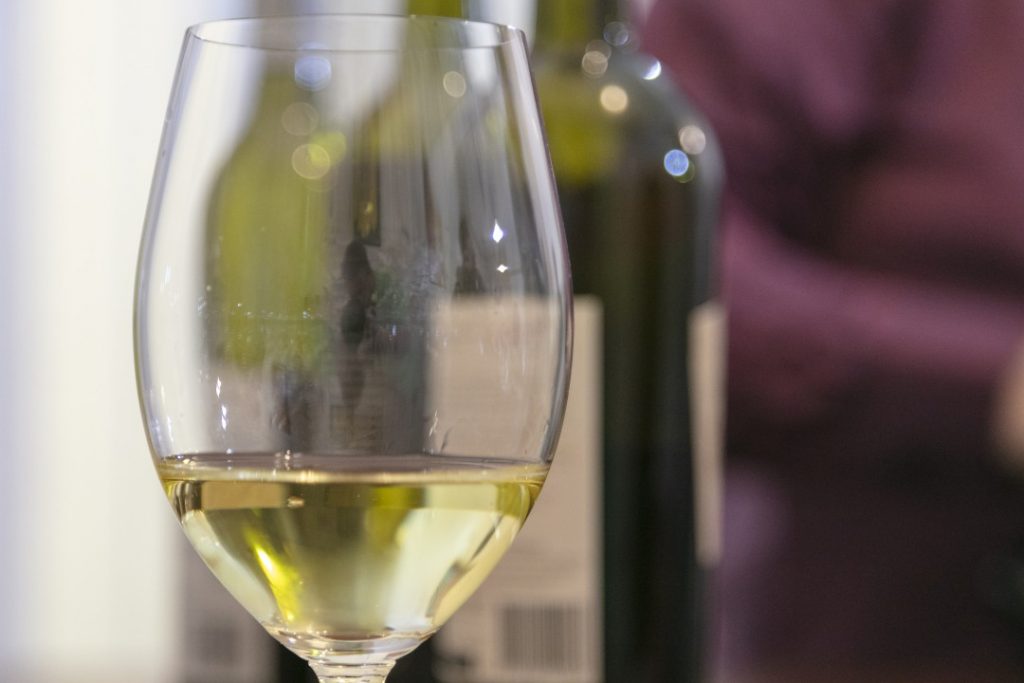
Not far from where I live, in the hipster part of town, a number of Natural Wine stores have sprung up. These are wine shops that predominately stock and sell Natural Wines. One such store is Act of Wine in Collingwood. But what are Natural Wines and how do they differ from the wines we are used to drinking?
I’m glad you asked. A bit of history to put Natural Wines in context. After the second world war there was an explosion of technology and new production methods in agriculture. As grapes are an agricultural product they we swept up in this revolution. This involved an increase in the use of pesticides and herbicides, an increase in the use of cultured yeast as opposed to natural (or wild) yeast, more machine harvesting, additives to wine and also new wine making techniques that required more intervention on the part of the wine maker. The ultimate goal was to make more wine, make it cheaper and reduce the chance that the wine would spoil in the bottle. This overturned centuries of wine making traditions especially in France.
But not everyone was happy with this revolution. Some felt that wine should be made with minimal human intervention and more purely reflect the environment, or terroir, that it comes from. And so in the 1960’s the natural wine movement started in France, lead by four Frenchmen who became known as the Gang of Four. They were guided by the principal that “nothing is added and nothing is taken away”. Similar pockets of resistance to the agricultural revolution sprung up in France and slowly spread around the world. But due to it’s fringe nature only those seeking alternatives wines e.g. hipsters, sought out and celebrated these hard to find wines. So what exactly are Natural Wines and how do they differ from ‘regular’ wines?
When it comes to wine production it is important to understand that it is a continuum of techniques that run from mass produced ‘factory’ wines right through to small producer, minimal interventionist, biodynamic wine making and everything in between. The principals of natural wine are practiced to varying degrees by all wine makers and may include one or all of the following:
- Organic or biodynamic grapes with minimal or no herbicides and pesticides;
- Grapes grown without irrigation and hand picked;
- Use of natural (wild) yeasts found on the grape skins;
- No additives used during wine making and/or the use of oak;
- Minimal fining, filtration and the use of sulfites.
So the question remains, if so many wine makers are using some or all of these techniques then why don’t we see a lot more natural wine? The answer is two fold: first wineries don’t see the need to label their wines as natural wine – it’s just normal practice to them and doesn’t require special labeling. A good example is Grand Cru vineyards in Burgundy that practice most of the above but use sulfites to ensure their wines last decades but you won’t see them labeling them as Natural Wines. Second, Natural Wines don’t have a good name in the industry – there has been a tendency to pass off faulty wine as Natural Wine. That doesn’t mean that all Natural Wine is faulty, but a lot of faulty wine has been marketed as Natural Wine.
To boost your ‘wine confidence’ I always encourage people to broaden their wine horizons and try lots of different wine, including wine labelled Natural Wine. But remember to always judge what’s in the bottle, not by what’s on the label.
If you’d like to try a range of interesting wines, some great food and have a chat and get more ‘wine confident’ I encourage you to come along to our event on 19th February at the Black Sheep in Hawthorn. You get two hours of wine, food and me for a tiny $47. Simply click on this link to book your tickets.
Cheers,
Antony.

